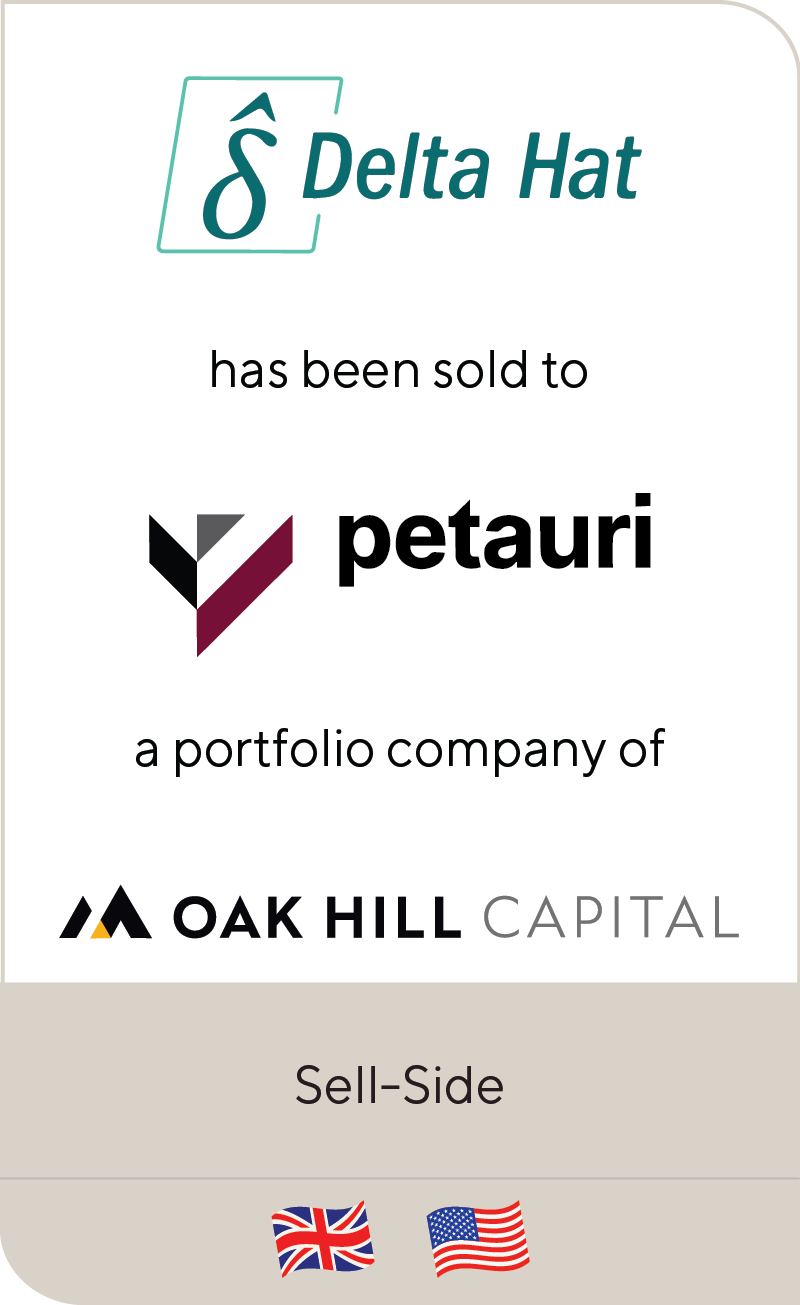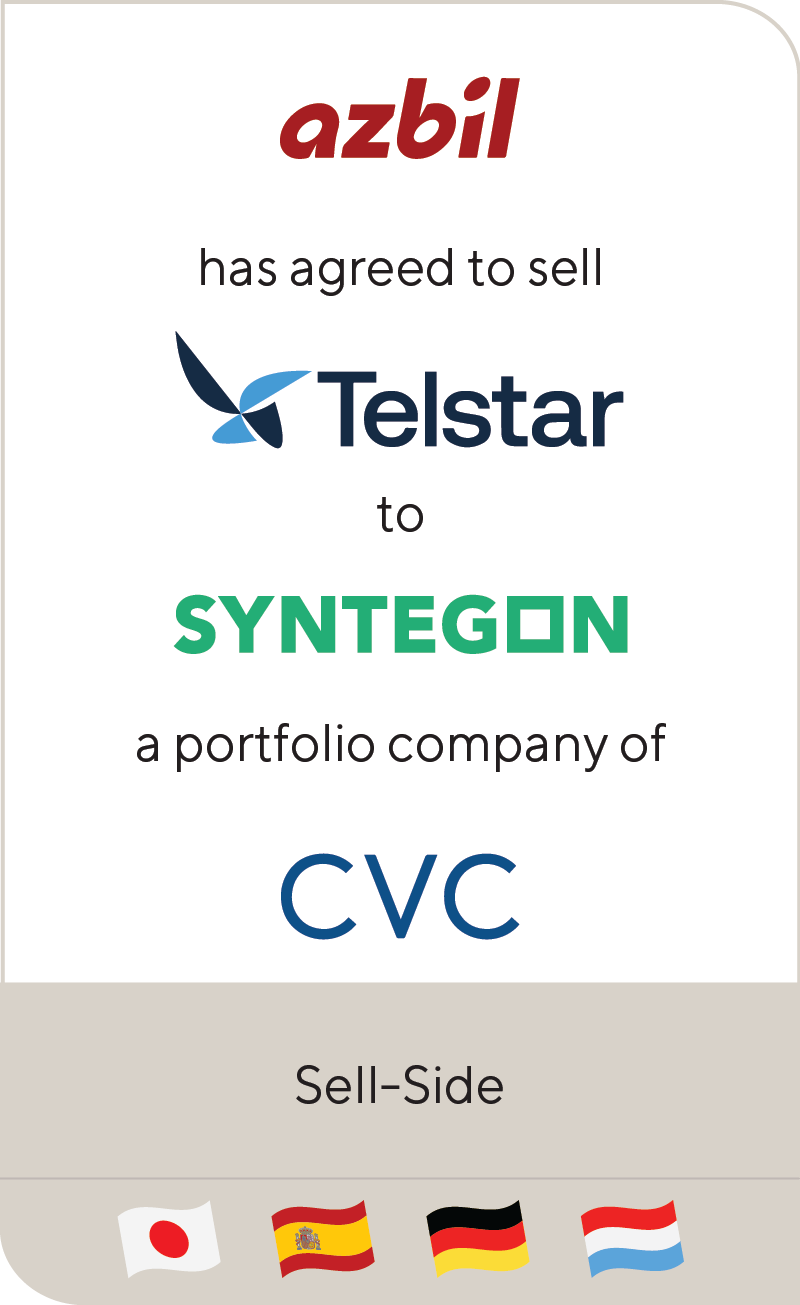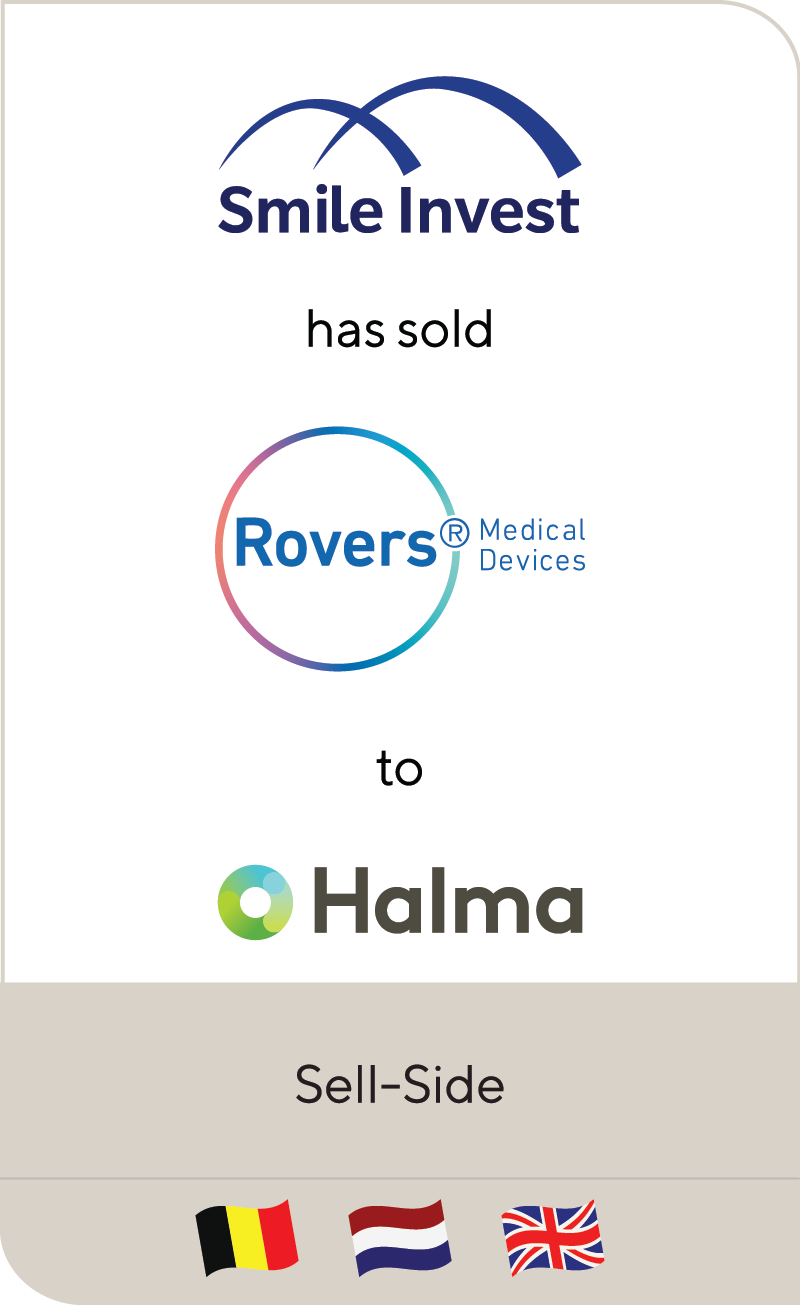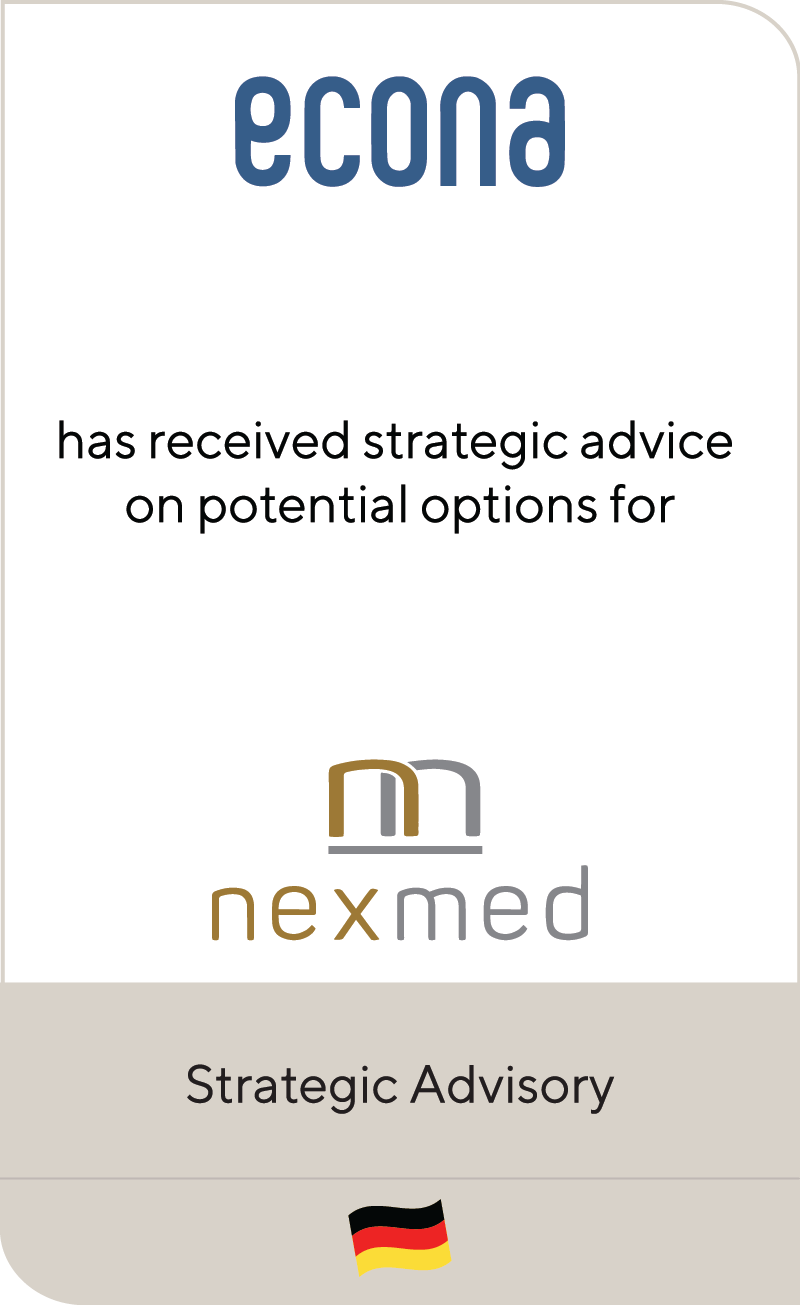Interim/Post-COVID-19 Sector Outlook: Services & Products for Homebound Patients
Apr 2020
Click the home healthcare sectors below to view key takeaways on the effects of COVID-19.
Medical and Personal Services
Skilled Home Healthcare
Near term: REASONABLY STABLE / POSITIVE
Long term: POSITIVE / UPSIDE
Drivers/Factors:
- Amidst COVID-19, some, presumably temporary operational/marketing headwinds: e.g., potential for LUPA increases; some visit cancellations by patients, less marketing access to referral sources, fewer elective procedures in hospitals that require home health; some caution or infections among nurse staff
- Some PDGM-related reimbursement and recert pressures being at least partially offset by recently enacted accelerated payments from Medicare
- Industry remains highly fragmented with few players with significant scale; PDGM dynamic likely to result in even more consolidation
- Access to skilled caregivers improving due to reduced demand from hospitals
- Demand remains attractive for home health as a mitigant to inpatient/institutional care options
- Longer term skilled home care demand expected to grow significantly based on demographics, shifting more care towards the home and away from institutional settings; and potential for telehealth flexibility
Personal Home Care
Near term: REASONABLY STABLE / POSITIVE
Long term: MEANINGFUL UPSIDE
Drivers/Factors:
- Amidst COVID-19, some, presumably temporary logistics/marketing/operational headwinds, but on a relative basis, a more stable segment than other (e.g., center-based and physician based) segments
- Personal Home Care acts as a lower-cost complement or alternative to residential senior living, behavioral health and long-term care sectors
- Increasingly attractive patient-directed services generally pairs a patient with a family member to provide care thereby reducing risk of spreading COVID-19
- Federal government recently increased FMAP percentages to support program funding; governors and legislatures relaxing regulations to accommodate new enrollments in home and community-based programs; Medicare Advantage also a growth opportunity
- COVID-19 exposing the risks communicability in institutional settings. Demand for long-term care far exceeds supply of institutional beds
Pediatric Home Health
Near term: REASONABLY STABLE / POSITIVE
Long term: POSITIVE / UPSIDE
Drivers/Factors:
- Amidst COVID-19, some, presumably temporary logistics/marketing/operational headwinds, but on a relative basis, a more stable segment than many other healthcare sectors
- Potential for further urgency to care for, maintain and monitor medically complex children at home vs. institutional/outpatient care with exposures
- Among the more stable home health segments from a reimbursement/regulatory perspective
- Unique specialty that adult-oriented home health providers tend to struggle with
Physician Housecall
Near term: UPSIDE / POSITIVE
Long term: MEANINGFUL UPSIDE
Drivers/Factors:
- Amidst COVID-19, some, presumably temporary logistics/marketing/operational headwinds, but on a relative basis, a more stable segment than many other healthcare sectors
- Significant, recent investments in and around physician-led home health
- Ability to make immediate medical changes and potentially avoid adverse events and emergency institutional visits
- Could be strong in combination with telehealth and home health/home care
- Payers supportive
Home-Based Hospice
Near term: REASONABLY STABLE / POSITIVE
Long term: POSITIVE / UPSIDE
Drivers/Factors:
- No significant, current industry issues to deal with other than marketing/operational headwinds with respect to marketing and providing services (some more issues for SNF-based hospice services)
- Remains an attractive sector with home-based hospice services at a medical and cost advantage vs. institutional end-of-life care
- No change in future growth outlook between organic growth and growth from consolidation
- Ongoing, growing interest in the continuum of care from home health to hospice
- Some role potential for telehealth in combination with hospice as well
- CMS just proposed a 2.6% payment increase for hospice for FY’21, another incremental positive
Equipment, Product and Technology Services:
Home-based Telehealth
Near term: SIGNIFICANT UPSIDE
Long term: SIGNIFICANT UPSIDE
Drivers/Factors:
- Recent, significant legislation supporting reimbursement and implementing favorable regulations
- Payers and hospital systems supportive
- Technology is there and can be implemented
- Improved, regular patient monitoring and oversight of great importance
- Excellent supplement to home health and home care visits
- Opportunity to further reduce re-hospitalizations and adverse events
- Other applications likely to show growth: e.g., PERS adding telehealth capabilities, utilization of tele-health by Medicare Advantage, tele-behavioral health, use within SNFs and ALF; telehealth in Medicaid waiver context, etc.
Home Care Products E-Commerce
Near term: SIGNIFICANT UPSIDE
Long term: POSITIVE / UPSIDE
Drivers/Factors:
- Increased consumer urgency to have proper, basic medical products and supplies at home
- Potential ongoing reluctance to go to brick and mortar retail to procure these products
- Low cost products relative to perceived medical and assistive benefits
- Consumable supplies easy to secure for prescribed and non-prescribed equipment
- Ease of use and growing e-commerce affinity among population
Direct-to-Patient Home Medical Supplies
Near term: SIGNIFICANT UPSIDE
Long term: POSITIVE / UPSIDE
Drivers/Factors:
- Accelerated patient preference for direct delivery of home medical supplies: convenience, safety, continuity of supply reorders
- Broad increase in telehealth likely to also result in increased telephonic prescriptions, further expanding access to direct-to-patient home medical supplies
- Improved medical outcomes with recurring re-supply complemented by telephonic interactions with patient to educate and guide
- Home medical supply providers will be viewed more positively post COVID-19 and will provide cross-sell opportunities for telemedicine and other in-home services
- Ongoing adoption of home-delivered Continuous Glucose Monitoring & Insulin Pump therapy supplies for Type I diabetics will remain attractive. The Type II market will present extraordinary growth opportunities to service tens of millions of patients in the home.
Home Respiratory and HME
Near term: POSITIVE / UPSIDE
Long term: MEANINGFUL UPSIDE
Drivers/Factors:
- Putting select, current operational dynamics aside, potential for reduction in historical reimbursement and regulatory pressures to ensure patients have access to core, needed medical equipment at home
- Not a nursing-based business; delivery and drop-off of equipment without significant patient interaction
- CMS has removed non-invasive ventilation from Medicare competitive bidding, an added positive
- At a low point in number of providers after years of substantial pressure; potential for upside now
- Relatively low-cost products compared to medical benefit and stabilization of patient at home
- Chronic diseases/long-term medical conditions are best treated at home and typically require assistive, therapeutic and supportive medical equipment and products
- Ongoing technological improvements lowering product cost
Mobility and Home Modification Products
Near term: POSITIVE / UPSIDE
Long term: MEANINGFUL UPSIDE
Drivers/Factors:
- Some current, presumably temporary headwinds related to COVID-19 (e.g., in the arena of patient interaction, new patient referrals and clinic or home-based custom work)
- Attractive, long-term demographic and chronic condition trends that favor mobility, custom mobility and home modification products and services; home (and vehicle) modification particularly under-penetrated
- Post-COVD-19, even more considerations around home-based mobility and home-modification solutions (as well as other technologies, like PERS and telehealth) to keep patients assisted and safe within their home environment
- Ongoing technological improvements lowering product cost
- While complex mobility products have solid payer recognition and reimbursement, wheelchair accessible vehicles, van modification and home modifications remain largely private pay segments today
Home Infusion
Near term: REASONABLY STABLE / POSITIVE
Long term: POSITIVE/UPSIDE
Drivers/Factors:
- Current, presumably temporary headwinds given COVID-19 (e.g., some reduction in hospital referrals, patient and infusion nurse safety dynamics; fewer elective procedures).
- Chronic infusion really cannot be delayed; some movement of patients from center to home IV
- Long-term upside driven by home health tailwinds and increased patient safety provided in home settings particularly for medically at-risk patients
- Long-term upside supported by new drug pipeline, including infusible specialty drugs
Specialized Pharmacy
Near Term: POSITIVE / UPSIDE
Long Term: MEANINGFUL UPSIDE
Drivers/Factors:
- Continued availability and home delivery of medications for patients with chronic conditions has been a priority during COVID-19 shelter-in-place orders
- Home delivery services and adherence packaging will see increased interest post-COVID-19
- Existing specialty drugs proving to be recession-resistant particularly for homebound patients
- Pharmacies focused on mental health, group homes and other institutional settings will experience continued investment and robust M&A activity
Summary
-
Lincoln’s Healthcare Group outlines the effects of Cornonavirus (COVID-19), with a focus on the medium and long-term outlook for home health service and product sectors.
- Click here to download a printable version of this insight
-
Lincoln International has created a Playbook to support business leaders in documenting and articulating their COVID-19 response. To request a copy, click here. - Sign up to receive Lincoln's perspectives
Contributors
Meet our Senior Team in Healthcare

It’s extremely rewarding to work in one of the largest and most diverse global business sectors helping support clients to realize their goals.
Matthew Lee
Managing Director, Head of UK & European Co-head of Healthcare
London
I enjoy working closely with clients to overcome challenging situations and to develop strategies to meet their business goals.
Dirk-Oliver Löffler
Managing Director & Europe Co-head Healthcare
Frankfurt
My goal is to bring the best of Lincoln to each and every transaction, ensuring the topmost outcomes for our clients.
Roderick O’Neill
Managing Director & U.S. Co-head of Healthcare
New York
















